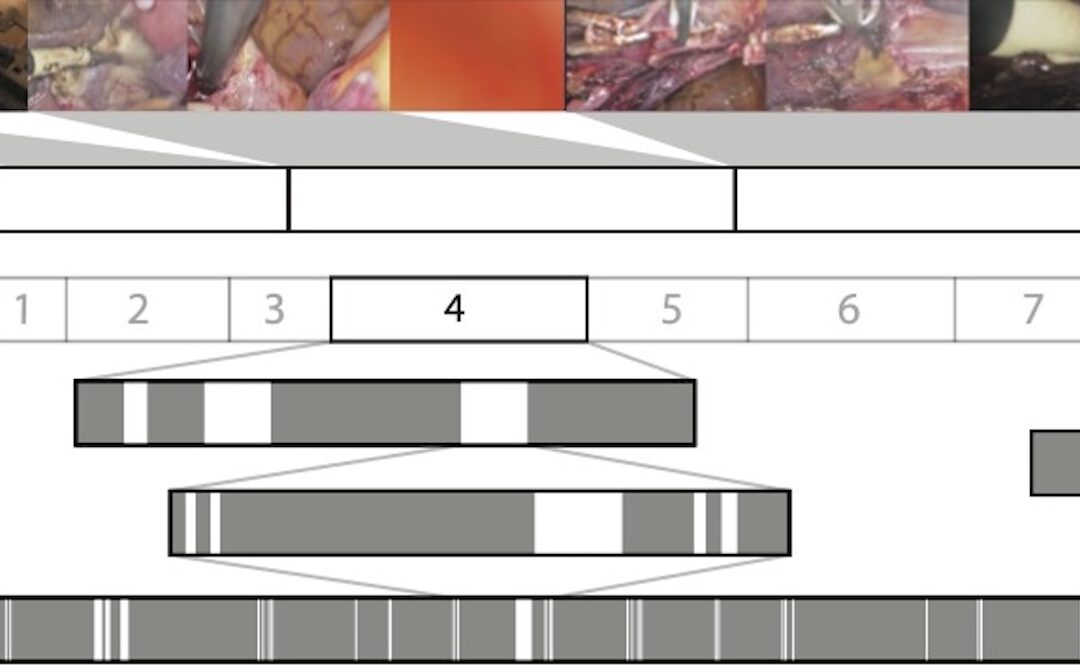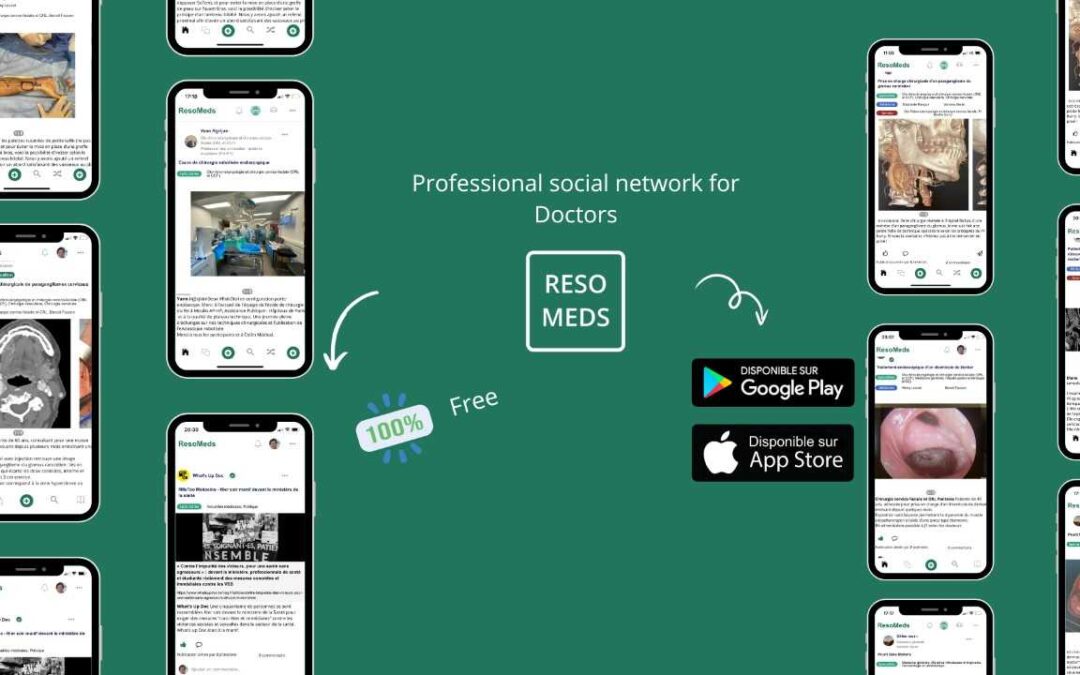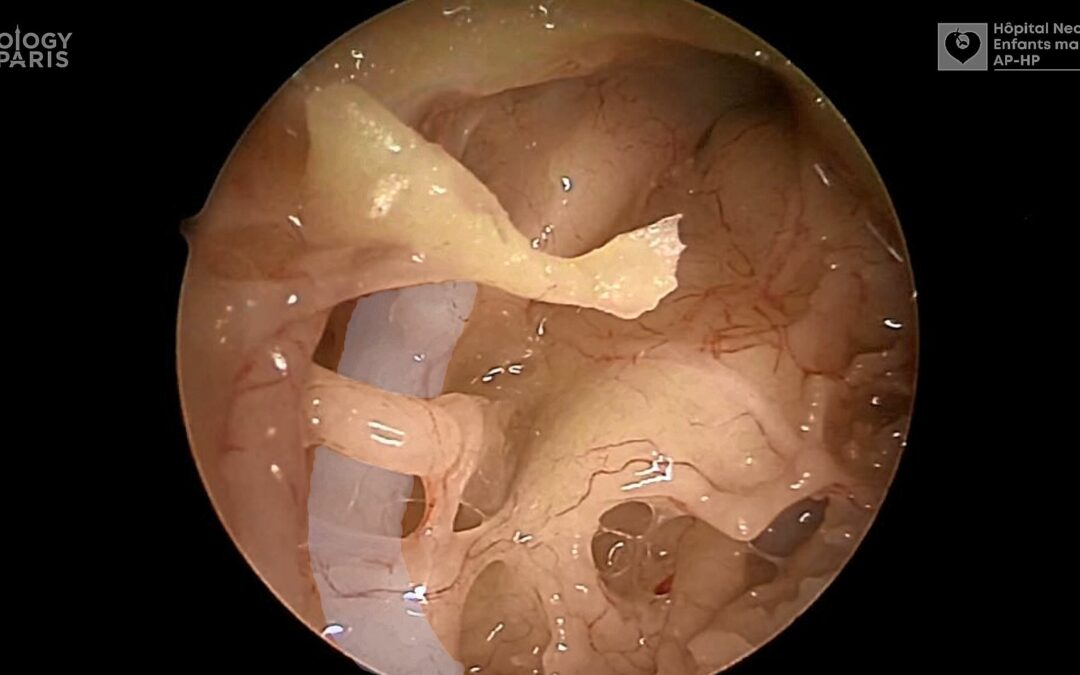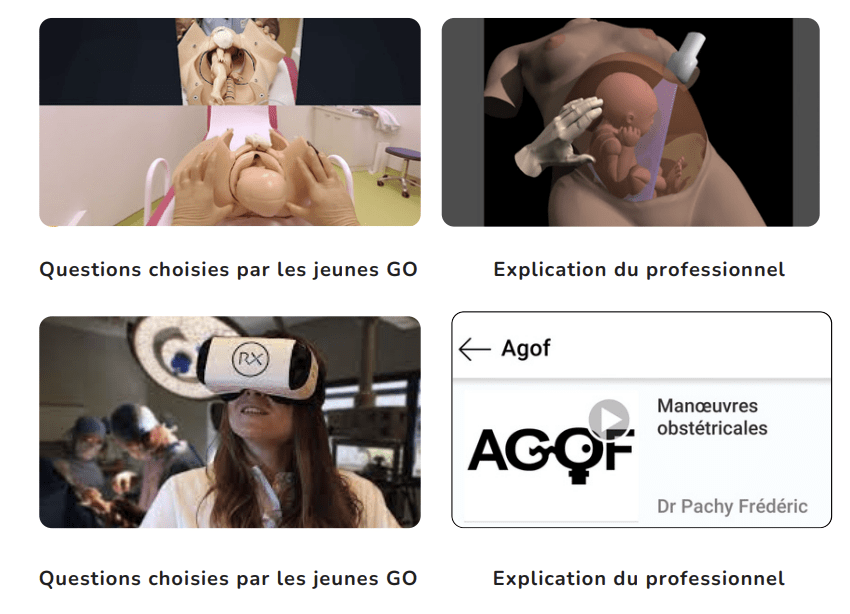Promote and increase the value of a surgical video on the web: guide and best practice
Whether you decide to publish your educational surgical video on Youtube or broadcast it on an institutional website, there is one final stage that requires your attention once the editing has been completed: promote the video when it goes online.

Broadcast the video online
Optimising your educational surgical video for the web could for example mean preparing it for platforms such as Youtube.
Adding value to video content is all about “ornamentation”. In other words, it means emphasising the elements that surround it, that are visible at first glance and that make the audience want to watch it.
Often, they may be perceived as a journey: the more the person’s interest develops, the more precise and engaging the information delivered. As a result, the title will generally be simple and effective, as will the thumbnail (to which visual elements will be added), while the description will be more technical and will deliver more specific information (descriptions of the activity of the university or hospital, use of a lexical field of the operating theatre, details of the techniques used during the operation, etc.).
From steps to follow to best practice, this article is a checklist for surgeons who want to publish their surgical videos on the Internet.
Work on your texts using the appropriate surgical vocabulary
This concerns all the textual content surrounding the video: mainly its title, as well as the description on the streaming platform (Youtube, Vimeo, Dailymotion) or on the institutional, professional or personal site on which it will be posted.
They have two main functions:
- Inform the web user about the exact content of the video: the texts must be concise but precise enough to give an exact idea of the content. For example, the vocabulary used must be meaningful and specific (in other words, suitable for residents or surgeons in training).
- Optimize its referencing by Google: the vocabulary used must be technical enough to respond to searches carried out by users, so that it is in the first results proposed by the search engine.
To find the right words, whether for titles or descriptions, the idea is to put yourself in the shoes of the person carrying out the search. How would they formulate their question? What words would they use? What answer do they expect?
Find out more: Adding educational value to your surgical video

Choosing the title
Working on the title of your surgical video maximises its chances of appearing in search results and provides information about its content.
Promoting the video with its description
While the title should be short (160 characters maximum), the description can be longer. To make it effective (informative and attractive), all you need to do is respect a few principles:
- Construct it as a pyramid: from the most specific to the most general. In other words, place the technical information and information relating to the surgical procedure at the beginning of the text (operative context, medical history…), and mention the more general elements (names of the hospital or institution, department and person performing the surgery, healthcare teams…) at the end of the description.
- Following the context, insert useful links: social networks, useful resources or articles…
- If questions are asked repeatedly, mention the answers at the end of the description. They may concern any area: the equipment used, the institution where the procedure takes place, a reminder of GDPR, etc.
Create a professional thumbnail
A good thumbnail is made up of several elements: one or more images related to the subject (in this case, surgery or the operating theatre), as well as a brief text explaining the subject and any concise details (technique, operating procedure, nature of the operation, etc.).
The thumbnail is essential for two reasons:
- It allows additional information to be given: ideally, it contains words repeating the theme of the video, while specifying something that is not mentioned in the video title.
- In addition, it often repeats one or more images present in the video, and acts as a kind of trailer, a preview, to give web users even more information about what they will see.
- Careful design helps to make people want to watch the video: in the mind of an Internet user, a well-crafted thumbnail is a sign of quality and professionalism.
Creating an attractive thumbnail requires compliance with certain graphic design rules: contrast, easily legible typography, hierarchy of information…
To achieve this, the use of dedicated software (such as Photofiltre, Canva or Gimp) is strongly recommended. Getting to grips with them can sometimes be a little technical, but there are many articles and tutorials available for free on the Internet.

Visual identity
Creating an attractive and informative thumbnail will give your surgical video much greater visibility.
Broadcast content on professional social networks
Whether it’s LinkedIn, Twitter, Instagram: enhancing the value of your surgical video means above all giving it a chance to be seen and generating activity around this content (exchanges, communications, clicks). It’s thanks to these dynamics that it will have a real impact.
In this way, relaying it on professional platforms can help to improve the training on offer in surgery.
To achieve this, there are a number of best practices borrowed from marketing communications:
- Plan one or more teasers, or short extracts from the video, which can be broadcasted on social media ;
- Prepare short explanatory texts from one or more interesting angles. Most of the time, the video is aimed at residents or surgeons. It is therefore advisable to use technical vocabulary adapted to these profiles;
- Relay the video only on the channels best suited to the target audience. For example there’s no need to post surgical videos on Tiktok: surgeons prefer professional networks;
- Insert the video link, preferably shortened using a dedicated tool, to make the user experience as smooth as possible.
Read more

Surgical Video Summarization: Multifarious Uses, Summarization Process and Ad-Hoc Coordination
While surgical videos are valuable support material for activities around surgery, their summarization demands great amounts of time from surgeons, limiting the production of videos. Through fieldwork, we show current practices around surgical videos. First, we...

ResoMeds: a social network sharing videos
Case reports enrich medical knowledge and training, and improve practice [1-4]. However, their publication is often limited in existing journals [5]. We aim to highlight the importance of creating a platform for physician exchange to promote peer learning, case...

Videos improve knowledge retention of surgical anatomy
In otolaryngology, a new publication shows that an educational video improves anatomy learning and knowledge retention in the long term. This study conducted by the ENT team at Necker-Enfants Malades, APHP (Université Paris Cité) and led by Pr François Simon shows the...

Surgical videos: using the most efficient medium. AGOF’s associative experience
In 2010, the French National Authority for Health (HAS) issued the famous slogan for apprentice surgeons: "Never perform surgery on a patient for the first time" (1). It is sometimes difficult for a young surgeon to accept that he or she has not received sufficient...
